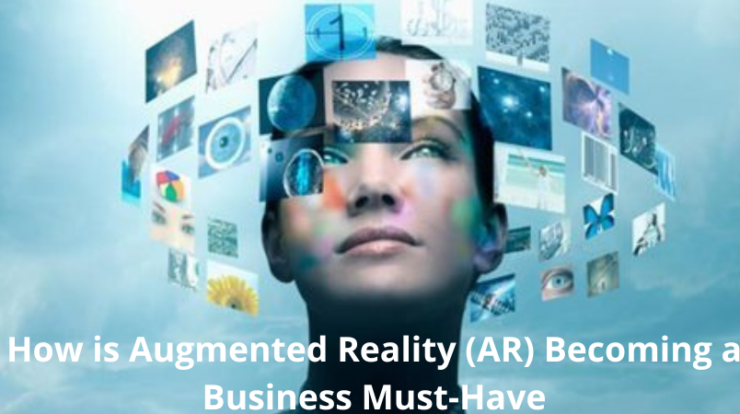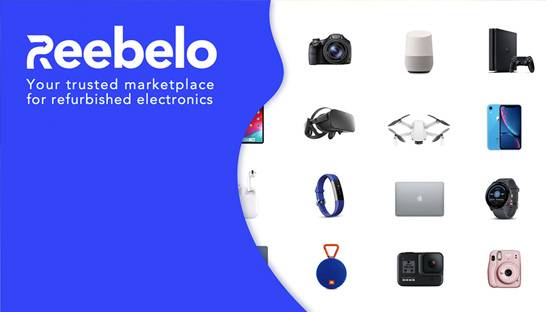
The layering of computer-generated content over real-world content is nothing new to us. Augmented Reality (AR) is a set of technologies that superimpose digital data and images on the physical world, promising to close the gap between them and release untapped and unique human capabilities. The interest in Augmented Reality is reaching its peak as an innovator because this technology reduces people’s work by half. According to CNBC.com, by the end of the year 2030, more than 2.3 million jobs will be generated by AR and VR technology.
What is the best example of Augmented Reality? The most straightforward use of an AR app is turning on your phone’s camera and pointing it toward an empty living room. It will show you how your furniture should be set up, which side will be appropriate for the TV, and which side will be for the chimney. The content of AR can be materialized in the form of text, graphics, audio, and other virtual enhancements aligned with the real world. Smart devices like phones, tablets, and laptops are the primary carriers of AR. The combination of smart mobile phones and tablets with wearable Augmented Reality devices has already taken off; the most prominent example is Metaverse. It is paired with VR to optimize its utilization, but they have created magic together.
The emerging use of AR in business has changed how businesses operate, as well as it has changed the tools, platforms, and applications of augmented reality developers. As I mentioned earlier, AR has blurred the lines between the virtual and physical worlds. In 2022, it offers an entirely different way to interact with customers, colleagues, suppliers, and prospects. So far, it has demonstrated significant market potential- and it’s only at the initial stages of unlocking its true capabilities.
The potential it has unlocked has already helped many industries grow. Almost every business can use the help of Augmented Reality. Still, so far, the fields that have welcomed AR are manufacturing, education (thanks to COVID 19, teachers had to teach children from home, but AR came to the rescue), healthcare, marketing, fashion and beauty (they follow the mantra of try before you buy from the comfort of your home), travel (last year, you went to Bali; make sure this year you go to Dubai), and navigation.
1. Manufacturing
In manufacturing, the scope of making errors is zero. It is not the art field where creative mistakes and liberties are allowed. It is a technical field where one error can cost millions in rebuilding or creating it from scratch again. Thus, AR provides the solution of spotting the errors or potential errors beforehand and rectifying them. It has the potential of digitizing prototyping so that business leaders can make the right decision and the team members can act upon it effectively.
2. Fashion
Whether it is clothes, accessories, specs, or a shade of lipstick, with AR, you can try it before you buy from the comfort of your home. Popular apparel brands like Macy’s and Dior and even Nykaa and Lakmé already use AR technology for their consumers. Using AR technology, they have created a mobile app that allows users to choose from thousands of beauty products and shades for customized makeovers. This way, shoppers can get an idea of what they want before they even step foot in a store, and without wasting any time, they would buy it and leave.
3. Education
Education is a sector that cannot be compromised at any cost because the country’s future depends on it. During the pandemic, students were taught by the teachers online. Hence, complicated physics, biology, and chemistry were being taught with the help of AR technology for a better understanding of the students. It encourages the teachers to turn a boring class into a jaw-dropping experience and learn complicated concepts quickly via 3D AR modelling. They empower the students to learn beyond the textbook material and satisfy their curiosity.
4. Healthcare
AR technology is affecting the medical world positively by simplifying complex issues. This technology empowers medical experts to describe ailments and treatments easily and better to patients and trainees. When they can see the 3D images of the organs from different angles, they help surgeons make precise stitches and increase the success ratios of complex surgeries. AR will significantly help remove the cancer knot from the patient’s body, increasing their chances of living.
These are just a few of the many businesses that have accepted AR technology and are growing in their respective fields. If every business accepted AR technology, the world would become a more accessible and comfortable place to live. You can find the list of top Augmented Reality companies assist you with your business at GoodFirms. Now, the only thing AR has yet to do is blur the lines between the parallel worlds and open the veils so we can bring our favorite Iron Man. Let’s hope for it to happen soon.



